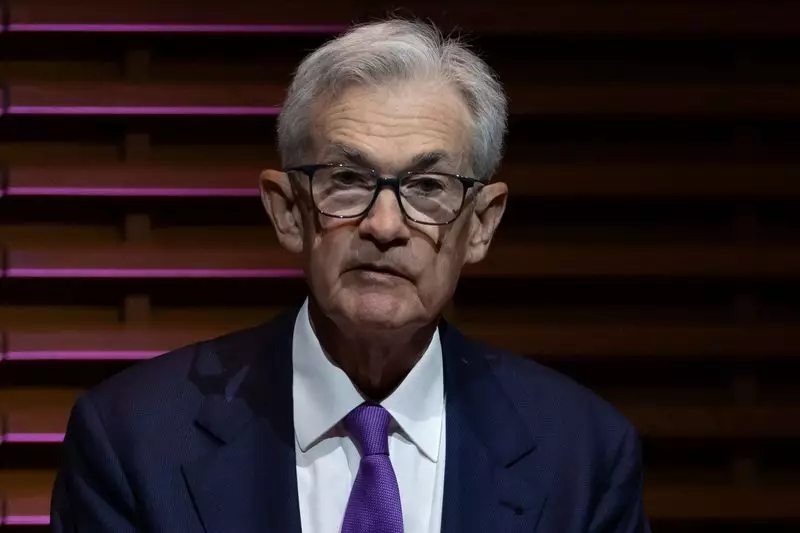Recent comments from the Federal Reserve’s top officials have caught the attention of market participants. Fed Chair Jerome Powell and Vice Chair Philip Jefferson have hinted that monetary policy could remain “restrictive” for a longer period. This subtle change in language has significant implications for the future path of interest rates.
By avoiding the more commonly used phrase “higher for longer,” Powell and Jefferson are providing the Fed with more flexibility in adjusting interest rates based on economic conditions. This change in tone has led to a reduction in the expectations for policy easing this year, signaling a shift towards a less dovish stance.
Policy Stance
The distinction between a policy being “restrictive” and the policy rate being “higher” is crucial in understanding the Fed’s approach. Even with potential rate cuts, Fed policy can still be considered restrictive and have the intended effect on the economy. By focusing on the level of restriction rather than just the numerical value of interest rates, the Fed is able to navigate through uncertain economic conditions.
The Fed’s projection of a 2.6% neutral rate coupled with a 2% inflation target highlights the importance of maintaining a policy that neither stimulates nor curbs economic activity. The Fed’s stance on inflation expectations and the long-term economic outlook will play a key role in determining the future path of interest rates.
Inflation Expectations
Inflation expectations are a critical factor in the Fed’s decision-making process. While current expectations are above the Fed’s target of 2%, they are not at a level that would warrant a significant policy adjustment. The Fed will closely monitor inflation data and economic indicators to ensure that its policies remain appropriate.
Dual Mandate
The Fed’s dual mandate of achieving full employment and stable inflation guides its decision-making process. Any deviation from this mandate could have significant implications for the economy. The Fed’s cautious approach to interest rates reflects its commitment to fulfilling its mandate while avoiding unnecessary risks.
Challenges Ahead
While the economy has shown resilience in recent months, challenges remain on the horizon. The Fed’s ability to strike a balance between inflation control and economic growth will be tested in the coming months. Powell and his colleagues will need to carefully navigate through uncertain economic conditions to ensure stability and growth.
The Federal Reserve’s language on monetary policy provides valuable insights into its approach to managing interest rates. By emphasizing the level of policy restriction over the numerical value of interest rates, the Fed aims to maintain stability and growth in the economy. Market participants will continue to closely monitor the Fed’s statements and actions to gauge the future direction of interest rates.

